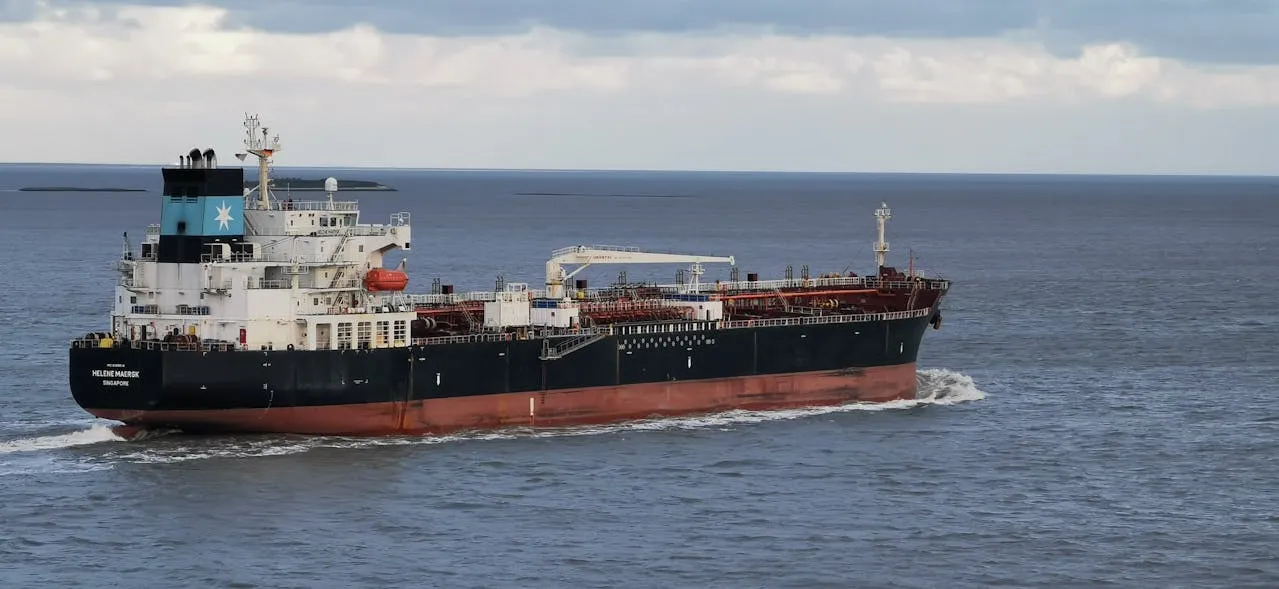
Charting the Course: How the Maritime Industry Is Moving Toward Alternative Fuels
While sectors like automotive and energy have surged ahead in the clean transition, maritime decarbonization faces significant hurdles. In 2015, electric vehicle sales made up only 0.7% of all new cars sold—a figure that leapt to 22% by 2024. Similarly, solar energy’s role in global power generation has shown exponential growth. Maritime, however, treads a more challenging path. Ships are durable, multifaceted assets governed by tight safety protocols and designed for long-term operation. Transitioning from traditional marine fuel systems to alternative options such as hydrogen and ammonia is far more complex than a technical retrofit—it’s a strategic leap requiring alignment on policy, infrastructure, and financial risk.
Still, momentum is gathering. With regulators tightening decarbonization mandates and technology finally catching up, hydrogen and ammonia—two zero-carbon fuel candidates—are gaining traction. Drawing on insights from DNV’s recent whitepaper, Safe Introduction of Alternative Fuels, this overview explores the current landscape—including pilot projects, classification developments, and regulatory progress—highlighting how the maritime sector is charting a course toward cleaner fuels.
1. Why Hydrogen and Ammonia Matter Now
The International Maritime Organization (IMO) has established ambitious decarbonization goals: a 20% reduction in GHG emissions by 2030, 70% by 2040, and net-zero by 2050, all relative to 2008 levels. Efficiency improvements alone aren’t sufficient to meet these targets; alternative fuels are essential.
Hydrogen and ammonia have emerged as leading contenders. Both can offer carbon-free “tank-to-wake” performance with minimal pollutant emissions—a compelling proposition as regulatory pressures intensify and investor scrutiny grows. This makes these fuels especially relevant for future-proofing fleets against increasingly costly emission compliance.
2. Progress in Fuel Adoption and Vessel Readiness
Early progress is evident through dual-fuel vessel innovations that allow flexibility as supply and infrastructure ramp up. Hydrogen is being piloted in smaller vessels—such as ferries and tugs—often via fuel cell systems. Ammonia, meanwhile, is under consideration for long-haul shipping, including bulk carriers.
Although no oceangoing vessel currently operates full-time on hydrogen or ammonia, activity is accelerating. Dozens of ammonia-fueled or ammonia-ready vessels are already in the order book, and engine manufacturers are bringing compatible technologies to market. Regulatory pathways are improving too, offering a smoother transition from traditional to alternative fuels.
3. Overcoming Safety Challenges at Sea
Both hydrogen and ammonia present unique safety considerations that demand specialized solutions.
- Hydrogen is highly flammable, with a wide explosive range and low ignition energy. Stored either cryogenically or at high pressure, it challenges structural integrity, requires careful boil-off control, and demands vigilant fire prevention strategies.
- Ammonia, while less flammable, introduces high toxicity risks. Even minor leaks can endanger onboard personnel. It also attacks materials over time, necessitating robust ventilation, bunkering protocols, and escape planning.
Designing vessels around these fuels calls for new containment systems, supplemental safety layers, and intensive crew training—especially given the compact and isolated operating environments at sea.
4. What It Takes to Scale Up Adoption
Widespread uptake of hydrogen and ammonia vessels hinges on four pillars:
- Regulatory clarity: Currently, these fuels are not covered under the IMO’s IGF Code (which only applies to natural gas). Until at least 2028, vessels must secure approval via the Alternative Design Approval (ADA) process—a risk-based framework for demonstrating safety equivalence to conventional ships. DNV aids this process through early engagement, classification rule sets for hydrogen (2024) and ammonia (2021), and predictive support for shipowners.
- Design integration: Hydrogen and ammonia have lower energy densities than traditional fuel, demanding more tank space and integrated safety systems (e.g. detection, ventilation, escape routes).
- Crew training: Existing seafarer training frameworks (like STCW) lack courses on ammonia or hydrogen operation. Until official curricula are developed, custom training—coordinated with flag administrations and class societies—is essential. DNV’s draft practices (e.g. DNV-RP-0699) guide organizations in building safety culture and operational competency.
- Collaborative pathways: DNV champions coordinated industry initiatives such as the Nordic Roadmap for Future Fuels, Green Shipping Programme, and MarHySafe, as well as tools like the Ammonia Safety Handbook. These platforms accelerate learning and regulatory maturity.
5. Real-World Applications: From Tugboats to Bulk Carriers
- In New York, a diesel tugboat converted to ammonia-powered fuel cell propulsion—using ammonia split into hydrogen and nitrogen—successfully sailed, proving zero-emission operation is possible in aged vessels.
- Australia’s BHP signed contracts for two ammonia dual-fuelled Newcastlemax bulk carriers built by COSCO. Set for delivery in 2028, these ships promise up to 95% lower voyage emissions.
- Meanwhile, Fortescue’s “Green Pioneer”—a green ammonia-capable ship—docked in London, spotlighting maritime decarbonization at global climate forums. Though full ammonia operation awaits regulatory support, it underscores industry ambition.
Final Thoughts: Why It Matters to You
Adopting ammonia and hydrogen at sea pledges a transformative impact—if done safely and strategically. As policy frameworks stiffen and technology matures, these fuels offer a path beyond fossil dependency. But making the transition work for captains, crew, insurers, ports, and regulators hinges on aligned safety standards, operator training, and transparency.
Organic growth of knowledge and cooperation, informed by DNV’s structured classifications and real projects, will pave the way. For forward-looking maritime leaders, the building blocks of safer, cleaner fuel systems are now accessible—and the tide is turning in favor of sustainable shipping.




